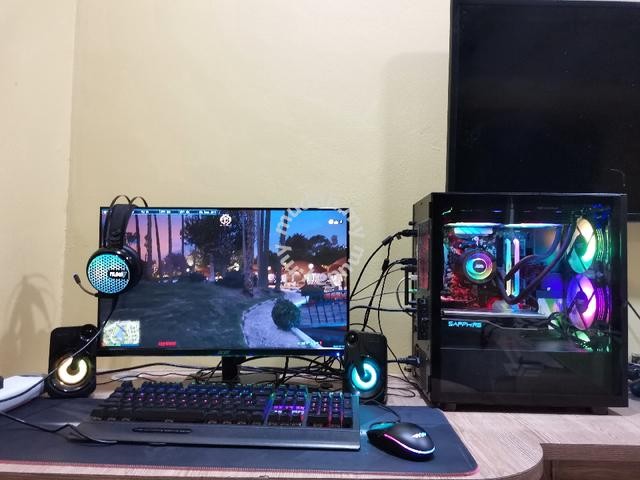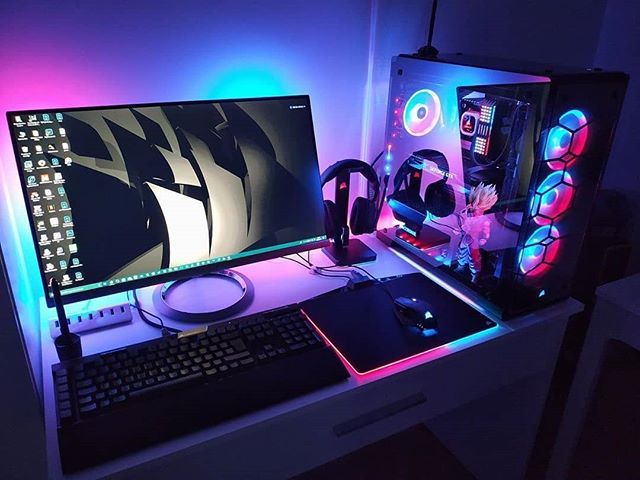In today’s tech-driven world, the performance and longevity of a computer’s CPU (Central Processing Unit) are critical. The CPU, often described as the brain of the computer, executes instructions and performs calculations essential for running applications and managing system operations. However, like any sophisticated piece of technology, it is susceptible to various issues, including overheating. One of the most effective ways to safeguard against CPU failure and ensure optimal performance is through the use of proper cooling solutions. In this blog post, we’ll explore why cooling solutions are vital, the symptoms of CPU overheating, and how different cooling methods can prevent these issues.
Understanding CPU Overheating
Before diving into cooling solutions, it’s crucial to understand why overheating is such a significant concern. CPUs generate heat as they perform tasks, and if this heat isn’t effectively dissipated, it can lead to several problems:
- Reduced Performance: Modern CPUs are designed to throttle their speed to manage temperature. When overheating occurs, the CPU may automatically reduce its clock speed, leading to slower performance and lag.
- System Instability: Excessive heat can cause system crashes, freezes, or unexpected shutdowns, leading to data loss and decreased productivity.
- Hardware Damage: Prolonged exposure to high temperatures can damage internal components, leading to permanent hardware failures. This can shorten the lifespan of the CPU and other crucial components.
- Increased Power Consumption: Overheating can lead to inefficient power usage, further exacerbating the problem by generating more heat.
Symptoms of CPU Overheating
Identifying the signs of an overheating CPU is the first step in preventing damage:
- Unexpected Shutdowns or Restarts: A CPU that’s too hot may cause your system to shut down or restart to protect itself from damage.
- Performance Drops: Noticeable slowdowns, lag, or stuttering during tasks can indicate thermal throttling due to high temperatures.
- System Crashes and Freezes: Frequent crashes or system freezes can be a sign that the CPU is struggling with excessive heat.
- Loud Fan Noises: If your computer’s fans are running at high speeds constantly, it might be a response to high temperatures trying to cool the CPU.
Types of Cooling Solutions
To effectively manage and dissipate heat, several cooling solutions can be employed. Each method has its benefits and considerations:
1. Air Coolers
Air coolers are the most common and affordable cooling solution. They consist of a heatsink and one or more fans. The heatsink absorbs heat from the CPU and transfers it to the surrounding air, which is then carried away by the fan.
- Advantages: Air coolers are relatively easy to install, require minimal maintenance, and are usually cost-effective.
- Considerations: They can be less efficient in high-performance setups or overclocked systems, where higher cooling capacities might be required.
2. Liquid Coolers
Liquid coolers, also known as closed-loop coolers or AIO (All-In-One) coolers, use a liquid coolant to transfer heat away from the CPU. The coolant circulates through a series of tubes to a radiator where it is cooled by fans.
- Advantages: Liquid coolers provide superior cooling performance compared to air coolers, especially for overclocked systems. They also tend to be quieter because they often use larger and more efficient fans.
- Considerations: They are more expensive and complex to install. There is also a risk of leaks, though modern designs have minimized this risk significantly.
3. Thermal Paste
Thermal paste is a substance applied between the CPU and its cooler to improve heat transfer. It fills microscopic gaps and improves thermal conductivity.
- Advantages: Proper application of thermal paste can significantly enhance the efficiency of both air and liquid coolers.
- Considerations: Thermal paste needs to be reapplied periodically, especially if you remove and reinstall the cooler. Choosing a high-quality paste is essential for optimal performance.
4. Phase-Change Coolers
Phase-change coolers operate similarly to a refrigerator or air conditioner. They use a refrigerant that changes from a liquid to a gas to absorb heat from the CPU. Are you looking for more information regarding the normal cpu temp, visit their page to learn more.

- Advantages: They provide exceptional cooling performance and can handle extreme overclocking scenarios.
- Considerations: They are expensive and are typically used only in high-end or specialized applications.
5. Peltier Coolers
Peltier coolers, or thermoelectric coolers, use the Peltier effect to create a temperature differential between two sides of a semiconductor.
- Advantages: They can achieve very low temperatures and are often used in conjunction with other cooling methods.
- Considerations: Peltier coolers can be less efficient and require careful management to prevent condensation issues.
Maintaining Optimal Cooling Performance
In addition to choosing the right cooling solution, regular maintenance is crucial to ensure effective performance:
- Clean Dust and Debris: Dust can accumulate in fans and heatsinks, reducing their efficiency. Regularly clean your system to maintain proper airflow and cooling.
- Monitor Temperatures: Use software tools to monitor CPU temperatures and ensure they remain within safe ranges. Many BIOS/UEFI settings also provide temperature monitoring.
- Check for Proper Installation: Ensure that cooling components are correctly installed and making good contact with the CPU. Improper installation can significantly impact cooling performance.
Conclusion
Cooling solutions play a pivotal role in maintaining the performance and longevity of a CPU. By understanding the symptoms of overheating and implementing effective cooling methods, you can prevent potential damage and ensure that your system runs smoothly. Whether you opt for air coolers, liquid coolers, or other advanced solutions, regular maintenance and proper management of cooling systems are key to a stable and reliable computing experience.


